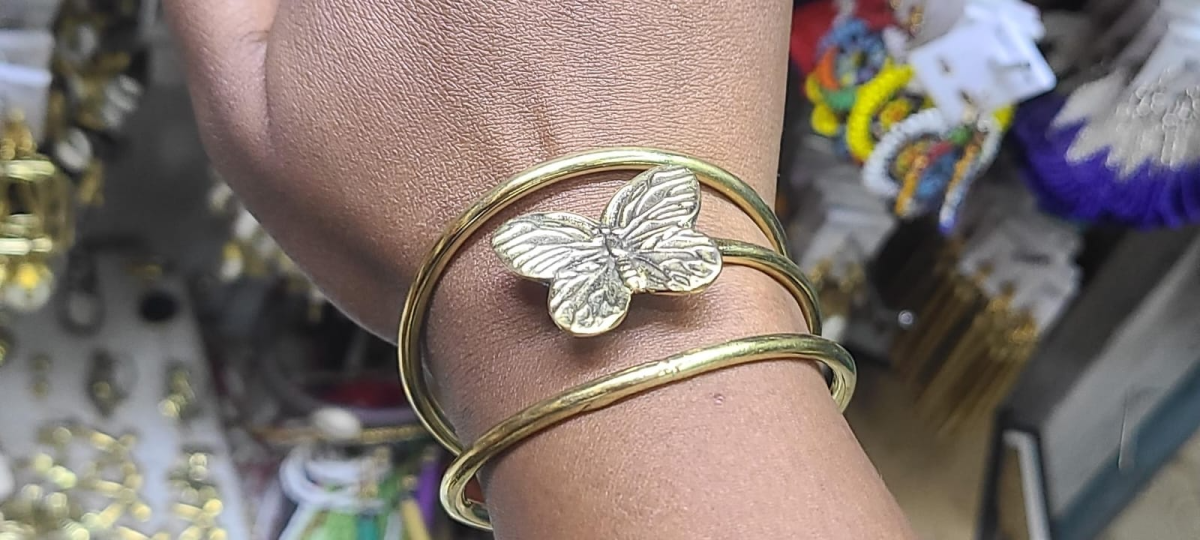
Although many people believe that witches were made up by religious groups trying to scare people into conversion, the practice of witchcraft actually predates many common religions.
According to History.com, early Christians in Europe labeled witches as “evil beings” and inspired the iconic Halloween figure, of a woman with green skin, a long nose, and all black attire. Due to these negative connotations, witchcraft has had a rocky history.
With many historical inaccuracies like witches being evil or working with spirits to curse innocent people the mention of witches causes an uproar from the public.
“In modern times, practicing witchcraft include[s] more positive connotations like crystals and protective runes,” said Penelope Smith, 10.
Due to religious apprehension towards belief systems that didn’t fit the confinements of their own, several countries and states outlawed witchcraft.
After English law made witchcraft a capital crime in 1641, the Salem witch trials took place between 1692 and 1693 when several men and women throughout the community of Salem were accused of witchcraft and working with the Devil. While it’s still debated, 20-25 people were executed in the span of one year, and at least 150 people were accused and put on trial.
While the history deterred many witches over the generations, now witchcraft is heavily popular in tv shows, movies, and social media.
Even though people practice in so many different ways, it all comes down to controlling energy. Some people use witchcraft to talk to their ancestors, to protect themselves, or to affirm their life goals. The possibilities of magic are endless and witchcraft can’t be confined to one small box.
“Most witches practice self protection from people with bad intentions or overall the negative energy around them,” said Daisy Perea, 12.
Recently, the population of witches has grown substantially in communities such as Paganism and Wicca.
Pew Research did a study in the United States in 2014 to find people’s religious views and found that .03% of the U.S. population fits in other world religions which contain Paganism.
Paganism is an umbrella term for someone who is a part of a religion that is different than Christianity, Judiasm, or Islam, specifically polytheistic religions.
Wicca, the largest modern Pagan religion, according to Britannica.com, is known for practicing witchcraft. Wiccans often identify as witches, but not all Wiccans practice.
Paganism and Wicca are some of the most known practices. While not all pagans and Wiccans are witches, they are known for their efforts to mainstream less conventional beliefs of the times.
“It’s a part of me and it has helped me on my journey to self healing and self love,” said Perea.







